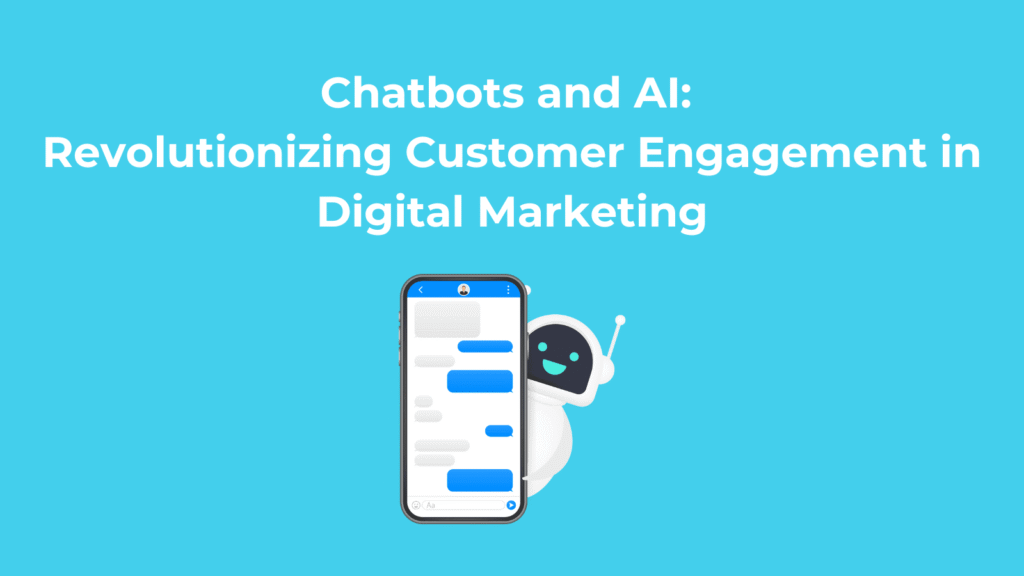Customer engagement has always been the heartbeat of successful businesses. From handwritten letters to call centers, and now AI-powered interactions, the journey of customer engagement has been nothing short of revolutionary. In today’s digital-first world, where customers expect instant, seamless, and personalized responses, the demand for intelligent automation has skyrocketed. This shift has opened the door for chatbots — virtual assistants that are redefining how brands connect with their audiences.
Traditional vs. Modern Customer Support
Traditionally, customer support relied heavily on human agents, limited working hours, and extensive call queues. The frustration was real — long wait times, scripted answers, and inconsistent service. Fast forward to today, and we have AI chatbots handling thousands of interactions per second, offering real-time resolutions, and elevating the overall customer experience.
| Feature | Traditional Support | Chatbots |
|---|---|---|
| Availability | Business hours only | 24/7 service |
| Speed | Slow response times | Instant replies |
| Scalability | Limited by workforce | Infinitely scalable |
| Personalization | Minimal | High (data-driven) |
| Cost | High (labor-intensive) | Cost-effective |
What Are Chatbots?
A chatbot is a software application designed to simulate human-like conversations with users via messaging interfaces, websites, or voice platforms. These bots can perform simple tasks like answering FAQs or complex ones like troubleshooting issues and guiding purchases.
Rule-Based vs. AI-Powered Chatbots
- Rule-Based Chatbots: Operate on predefined scripts and flowcharts. They’re ideal for simple queries like order status or store hours.
- AI-Powered Chatbots: Use Natural Language Processing (NLP) and Machine Learning (ML) to understand context, learn from conversations, and respond intelligently.
Key Technologies Powering Chatbots
- Natural Language Processing (NLP) – Enables understanding of human language nuances.
- Machine Learning (ML) – Helps bots learn from past interactions to improve over time.
- Artificial Intelligence (AI) – Drives decision-making, personalization, and contextual awareness.
Benefits of Chatbots in Customer Engagement
24/7 Customer Support
Chatbots never sleep. Whether it’s midnight or a holiday, they’re ready to assist customers without delays. This round-the-clock availability enhances satisfaction and reduces churn.
Personalization and Predictive Assistance
By analyzing user data, chatbots can offer tailored recommendations and anticipate needs. For instance, a chatbot on an e-commerce site might suggest products based on previous purchases.
Cost Savings and Scalability
Hiring and training support agents is expensive. Chatbots reduce operational costs by automating repetitive tasks, freeing up human agents for more complex queries, and handling thousands of conversations simultaneously.
Industries Leveraging Chatbots
E-commerce and Retail
Retailers use chatbots to assist with product searches, order tracking, and personalized shopping experiences. Brands like H&M and eBay use bots to guide customers through catalogs.
Banking and Financial Services
Banks like Bank of America (with Erica) and HDFC (with EVA) use chatbots for balance inquiries, fraud alerts, and money transfers — all securely within chat interfaces.
Healthcare and Telemedicine
From symptom checkers to appointment scheduling, chatbots streamline patient interactions. Babylon Health and Ada are leading examples of this integration.
Enhancing CX with AI Chatbots
Conversational UX and Natural Interactions
Modern chatbots engage users in fluid, human-like conversations. They can interpret slang, emojis, and even misspellings — ensuring a smoother user experience.
Multilingual and Inclusive Communication
Chatbots break language barriers by supporting multiple languages, allowing brands to serve global audiences effectively and inclusively.
Challenges and Limitations of Chatbots
Misinterpretation and Frustration
Despite their intelligence, bots can misread complex queries or provide irrelevant answers, leading to customer dissatisfaction if not properly monitored.
Lack of Emotional Intelligence
Chatbots can’t replicate empathy, tone, or emotional nuance — which are often critical in sensitive customer service scenarios like complaints or cancellations.
Future Trends in Chatbot Technology
Voice-Enabled and Multimodal Bots
With the rise of voice assistants like Alexa and Siri, chatbots are expanding into voice-first platforms. Multimodal bots combine voice, text, and visual interfaces for a richer experience.
Emotional AI and Sentiment Analysis
Next-gen chatbots will understand and respond to user emotions using sentiment analysis, adapting tone and response style accordingly for more empathetic engagement.
Case Studies: Chatbots in Action
Sephora Virtual Assistant
Sephora’s chatbot helps users book makeup appointments, take beauty quizzes, and receive tailored product recommendations, boosting conversions and customer delight.
HDFC Bank’s EVA
EVA (Electronic Virtual Assistant) has answered over 5 million queries in English and Hindi, helping customers with banking information, loan applications, and more.
How to Integrate Chatbots Effectively
Choosing the Right Platform
From Drift to Intercom to Tidio, there are many chatbot platforms available. Businesses should choose based on their needs, budget, and technical integration capabilities.
Training and Continuous Learning
A chatbot is only as good as the data it learns from. Regular updates, training from real conversations, and A/B testing are crucial for optimization.
Conclusion
Chatbots are not just a trend — they’re a strategic necessity in today’s hyper-connected world. By transforming customer engagement through real-time interaction, personalized support, and operational efficiency, chatbots are helping businesses scale smarter and serve better. As AI technology evolves, the chatbot experience will only become more intuitive, empathetic, and integral to customer service excellence.


